
Motorcycle speed meters, commonly known as speedometers, are essential instruments that display the vehicle's speed. Traditionally, speedometers are connected to the front wheel, which is a practice rooted in both mechanical simplicity and reliability. The front wheel, being less likely to spin or lock up compared to the rear wheel, provides a more consistent reading. This is particularly true for mechanical speedometers, where a shorter cable connecting to the front wheel ensures better accuracy.
With the advent of electronic speedometers, the measurement can be taken from the front wheel, rear wheel, or even the gearbox. The choice of location can affect the speedometer's accuracy, especially when aftermarket parts are used to alter gear ratios. In competitive racing, the actual speed reading is often less critical than in road use, where observing speed limits is essential. Hence, speedometers in competition vehicles may be supplemented with warning lights to signal the driver when specific attention is needed.
The decision on where to place the speedometer is a balance between performance, cost-efficiency, and manufacturing simplicity. For instance, in rear-wheel-drive vehicles, the front wheels provide a more reliable speed measurement as they are less influenced by engine-driven wheel spin. This principle is applied to motorcycles as well, ensuring that the speedometer reflects the actual motion of the vehicle rather than the potential for wheel spin or skidding.


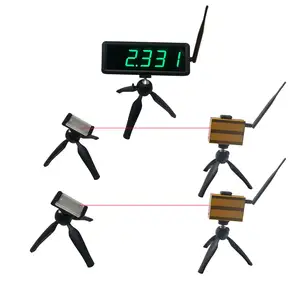

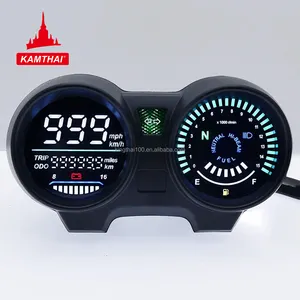

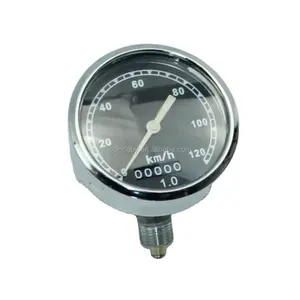
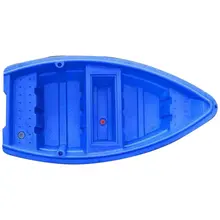
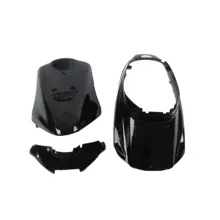
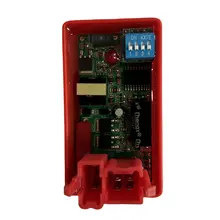
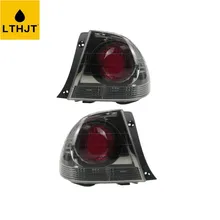

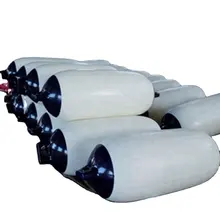
































 浙公网安备 33010002000092号
浙公网安备 33010002000092号 浙B2-20120091-4
浙B2-20120091-4